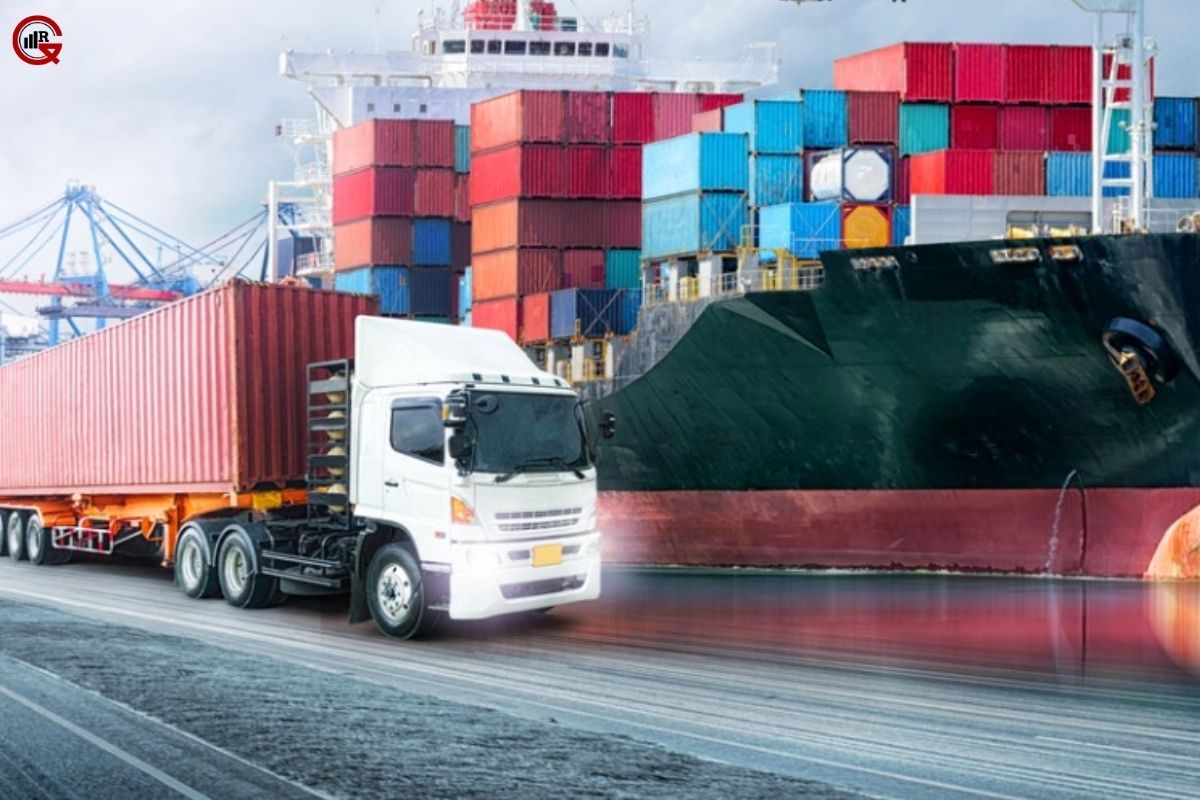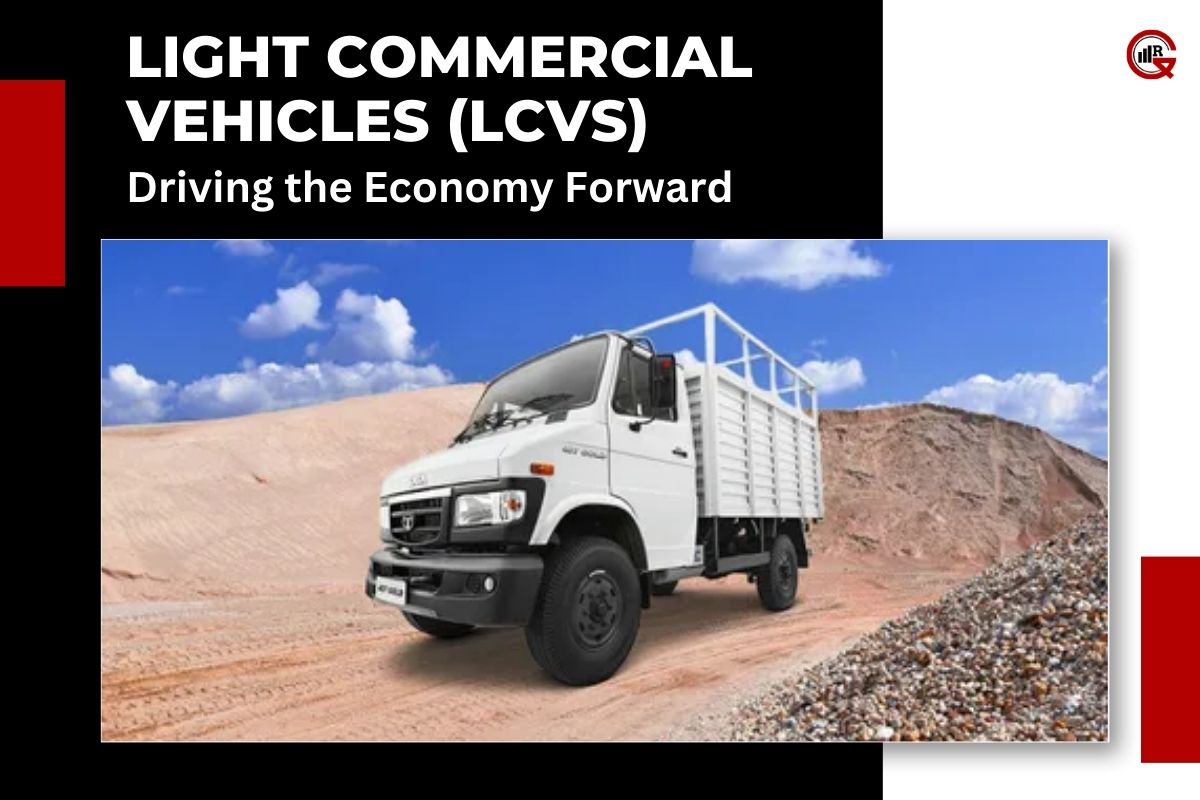(Source – TrucksDekho)
Light Commercial Vehicles (LCVs) play a pivotal role in driving economic activity across various industries worldwide. These versatile vehicles, characterized by their payload capacity and compact size, serve as essential tools for businesses, ranging from logistics and transportation to construction and trades. In this article, we will explore the significance of Light Commercial Vehicles (LCVs), their diverse applications, technological advancements, market trends, and the future outlook for this crucial segment of the automotive industry.
Understanding Light Commercial Vehicles:
- LCVs, also known as light-duty trucks or vans, encompass a broad category of vehicles designed primarily for commercial purposes while offering passenger-carrying capabilities.
- LCVs typically have a gross vehicle weight rating (GVWR) ranging from 3.5 to 7 tons, making them suitable for transporting goods, equipment, and personnel over short to medium distances.
- These vehicles are available in various configurations, including panel vans, pickup trucks, chassis cabs, minivans, and specialized vehicles tailored to specific industries such as refrigerated vans for transporting perishable goods or utility vans for service and maintenance tasks.
Applications and Industries:
Light Commercial Vehicles serve a multitude of industries and applications, including:
- Logistics and Distribution: LCVs form the backbone of logistics operations, facilitating the movement of goods and parcels between distribution centers, warehouses, and retail outlets.

- Construction and Trades: Contractors, builders, and tradespeople rely on Light Commercial Vehicles to transport tools, materials, and equipment to construction sites, renovation projects, and service calls.
- Retail and E-commerce: Delivery vans and parcel carriers use LCVs to fulfill last-mile deliveries, transporting packages directly to customers’ doorsteps.
- Service and Utility: Light Commercial Vehicles equipped with specialized bodies, such as cherry pickers, cranes, or mobile workshops, support a wide range of service-oriented businesses, including utilities, telecommunications, and maintenance providers.
Technological Advancements:
Advancements in automotive technology have led to significant improvements in Light Commercial Vehicles performance, efficiency, and safety features:
- Engine Efficiency: Modern LCVs feature fuel-efficient engines, including diesel, gasoline, hybrid, and electric powertrains, offering reduced emissions and operating costs.
- Connectivity and Telematics: Integrated telematics systems provide fleet managers with real-time vehicle tracking, remote diagnostics, and predictive maintenance capabilities, optimizing fleet efficiency and uptime.
- Safety Systems: Advanced driver assistance systems (ADAS), such as lane-keeping assist, autonomous emergency braking, and adaptive cruise control, enhance driver safety and mitigate the risk of accidents.
- Electric Mobility: The emergence of electric LCVs offers eco-friendly alternatives to traditional combustion engine vehicles, reducing carbon emissions and operating costs while addressing environmental concerns.

Market Trends and Dynamics:
The global Light Commercial Vehicles market is characterized by several key trends and dynamics shaping its growth trajectory:
- Urbanization: Increasing urbanization and e-commerce growth drive demand for LCVs suited to urban delivery and last-mile logistics, leading to the development of compact electric vans and micro-mobility solutions.
- Emission Regulations: Stringent emission regulations and sustainability initiatives incentivize the adoption of electric and low-emission LCVs, prompting automakers to invest in electrification and alternative propulsion technologies.
- Digital Transformation: Digitalization and automation trends, coupled with the rise of autonomous delivery vehicles and drone technology, are reshaping the future of last-mile logistics and urban mobility solutions.
- Shift towards E-commerce: The surge in online shopping and home delivery services, accelerated by the COVID-19 pandemic, underscores the importance of efficient and reliable LCV fleets for fulfilling consumer demand and supply chain resilience.
Future Outlook:
The future outlook for the Light Commercial Vehicles segment is characterized by innovation, sustainability, and adaptation to evolving market dynamics:
- Electrification: Continued advancements in electric vehicle technology, battery technology, and charging infrastructure will drive the widespread adoption of electric LCVs, particularly for urban delivery and fleet applications.
- Autonomous Mobility: Autonomous driving technologies and vehicle automation will play an increasingly significant role in enhancing LCV safety, efficiency, and operational productivity, enabling autonomous delivery and logistics solutions.

- Sustainable Solutions: Manufacturers and fleet operators will focus on implementing sustainable practices, including fleet electrification, route optimization, and eco-friendly packaging, to minimize environmental impact and achieve carbon neutrality goals.
- Integration of Mobility Services: The integration of mobility-as-a-service (MaaS) platforms, shared mobility solutions, and on-demand delivery services will transform the LCV market, offering flexible and cost-effective transportation solutions for businesses and consumers alike.
Conclusion:
Light Commercial Vehicles (LCVs) are integral to the functioning of modern economies, supporting a wide range of industries, from logistics and construction to retail and services. As technological advancements drive innovation in vehicle design, propulsion systems, and connectivity solutions, the LCV segment is poised for continued growth and transformation. By embracing electrification, automation, and sustainability, LCV manufacturers and fleet operators can address emerging challenges while unlocking new opportunities for efficiency, profitability, and environmental stewardship in the rapidly evolving mobility landscape.






